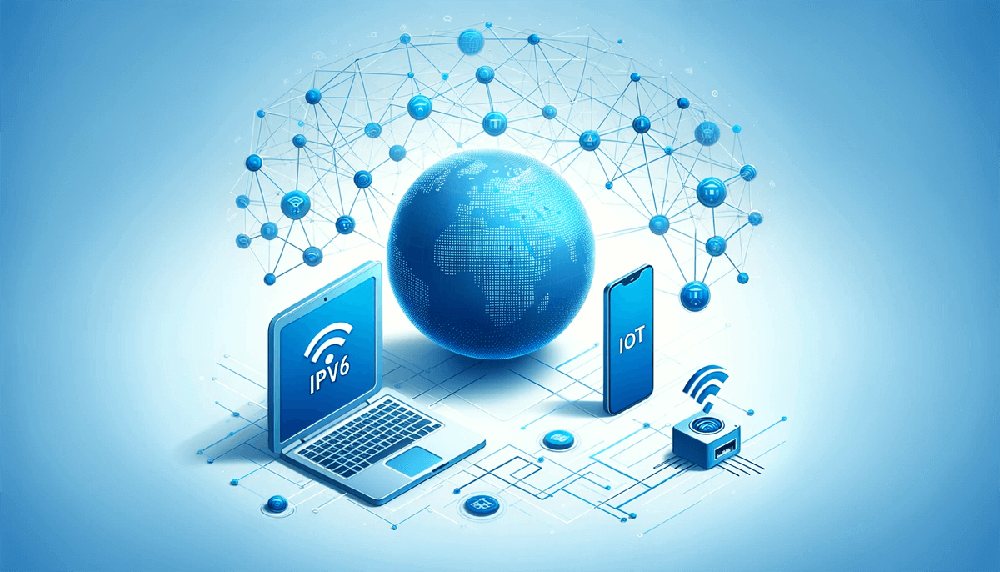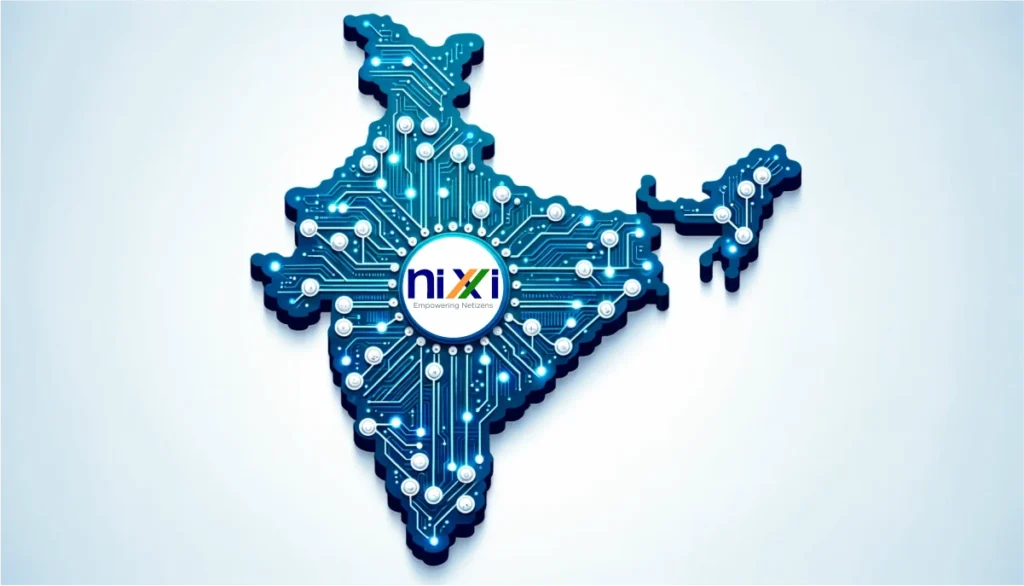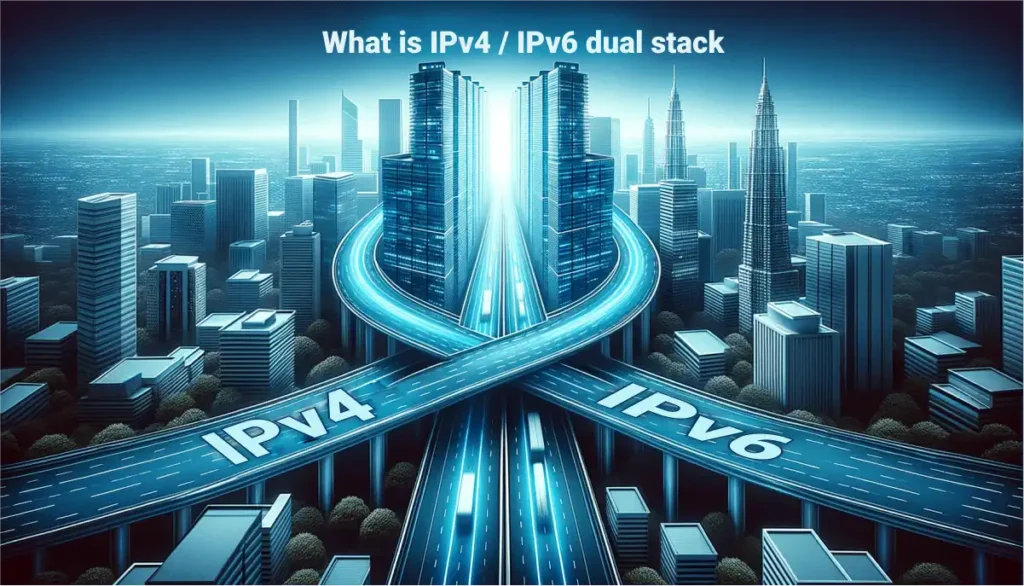The Internet of Things (IoT) is rapidly expanding, connecting an ever-growing number of devices to the internet. This surge in connected devices has highlighted the limitations of IPv4 and the need for IPv6. This article talks about the technical advantages of IPv6 and its significance in the context of IoT.
Table of Contents
What is IPv4?
IPv4, or Internet Protocol version 4, is the fourth version of the Internet Protocol, a set of rules that governs how data is sent and received over the internet. It uses 32-bit addresses, allowing for about 4.3 billion unique addresses. IPv4 is the most widely used protocol for connecting devices to the internet, but due to the limited number of available addresses, it is gradually being supplemented and replaced by IPv6.
What is IPv6?
IPv6 is the latest version of the Internet Protocol, designed to replace IPv4. It uses 128-bit addresses, allowing for a vastly larger number of devices to be connected to the internet, and includes improvements in areas like security and routing efficiency.
Expanded Address Space
IPv6’s most significant advantage is its vast address space. Using 128-bit addresses, IPv6 can generate approximately 3.4 x 10^38 unique addresses, a necessity for the IoT era where billions of devices require unique identifiers. This expansion eliminates the need for Network Address Translation (NAT), simplifying device connectivity and network management.
Autoconfiguration Capabilities
IPv6 supports stateless address autoconfiguration, allowing IoT devices to automatically generate their own IP addresses. This feature is crucial in IoT networks where devices frequently join or leave the network, streamlining network management and reducing the need for manual configurations.
Improved Packet Handling
IPv6 introduces more efficient packet handling mechanisms compared to IPv4. This leads to enhanced performance, particularly vital in IoT applications requiring reliable and timely data transmission.
Enhanced Security Features
Security in IoT is paramount, and IPv6 addresses this with built-in security protocols. The mandatory support for IPsec (Internet Protocol Security) in IPv6 provides robust end-to-end encryption and authentication, crucial for protecting sensitive IoT data.
Multicast and Anycast Abilities
IPv6 improves upon multicast and anycast capabilities. This is beneficial in IoT applications that need simultaneous data delivery to multiple devices (multicast) or efficient routing to the nearest service-providing device (anycast).
Simplified Network Management
The elimination of NAT and hierarchical network address allocation in IPv6 simplifies network configuration and management. This is particularly beneficial in IoT, where networks can be vast and complex.
Enhanced Quality of Service (QoS)
IPv6 allows for improved Quality of Service (QoS) handling, essential for real-time IoT applications such as healthcare monitoring or industrial automation, where timely and reliable data transmission is critical.
Future-Proofing IoT Networks
IPv6, with its ability to support an almost unlimited number of devices, is more future-proof than IPv4. Its adoption is crucial for the continued growth and evolution of IoT.
IPv6 is not just an upgrade to its IPv4; it is a foundational technology that addresses the core needs of IoT. Its enhanced addressing capacity, security features, and efficient packet handling make it vital in realizing the full potential of IoT technologies and applications. As we move towards an increasingly connected world, the adoption of IPv6 will be pivotal in shaping the future of IoT.
Frequently Asked Questions
What are the key advantages of IPv6 over IPv4 in IoT?
IPv6 offers a vastly larger address space with 128-bit addresses, crucial for connecting billions of IoT devices. It improves network management by eliminating the need for Network Address Translation (NAT), supports autoconfiguration for easier device connectivity, and enhances packet handling for better performance. Additionally, IPv6 includes built-in security protocols like IPsec for robust data protection, and it improves multicast and anycast capabilities for efficient data delivery.
How does IPv6 address the issue of limited IP addresses in IoT?
IPv6 uses 128-bit addresses, generating approximately 3.4 x 10^38 unique addresses. This massive address space is essential for IoT, which involves connecting billions of devices each requiring a unique identifier. This expansion effectively eliminates the limitations posed by IPv4’s 32-bit addressing, which only allows for about 4.3 billion unique addresses.
What are the primary benefits of migrating from IPv4 to IPv6 in an IoT environment?
IPv6 provides a significantly larger address space, enhanced security protocols, and improved efficiency in data routing, which are essential for supporting the vast number of IoT devices.





